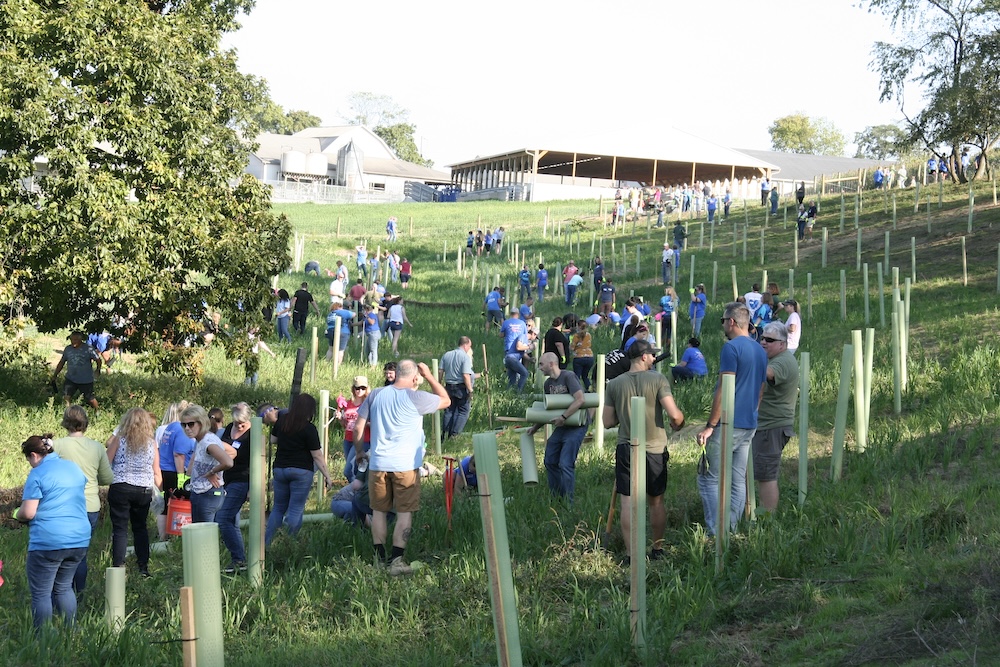The Keystone 10 Million Trees Partnership is helping to get Pennsylvania on track for its 2025 Chesapeake Bay pollution reduction goals.
So far, the partners have tracked more than 5.9 million trees planted.
Joe Hallinan, manager of the partnership for the Chesapeake Bay Foundation, said they plan to distribute 100,000 trees each spring and fall to reach the goal of 10 million new trees in the state by 2025.
They worked with more than 300 direct partners in distributing about 500,000 native trees and shrubs in 2023. He expects through other resources to see even more trees planted.
“Beyond just distributing trees, we also work on education, community outreach, and resources,” Hallinan explained. “Many of our partners have other grants funding sources and places that they’re getting additional trees that are helping us reach that goal of 10 million.”
He added the Foundation’s restoration team prioritizes projects in vital “riparian zones,” the buffer zones between land and water. The partners work directly with landowners and community groups to plant trees along rivers, streams and shorelines, and in urban neighborhoods.
Hallinan noted the bay watershed is 64,000 square miles. Its health depends on having cleaner rivers and streams, and Lancaster County and south-central Pennsylvania stand out as crucial areas for action. He added trees reduce the amount of polluted runoff, which in turn reduces erosion and flooding, and results in cleaner water.
“Trees help the water infiltrate into our groundwater reservoirs, and therefore, the runoff events are less severe,” Hallinan pointed out. “And we also know that trees use nitrogen to grow. And that’s one of our other, what we consider [to be] a pollutant when it’s in a high volume. Every plant needs that to grow.”
He emphasized planting native trees and shrubs near waterways can keep excessive nutrients from reaching the bay. They act as natural filters, ultimately sending cleaner water downstream.




